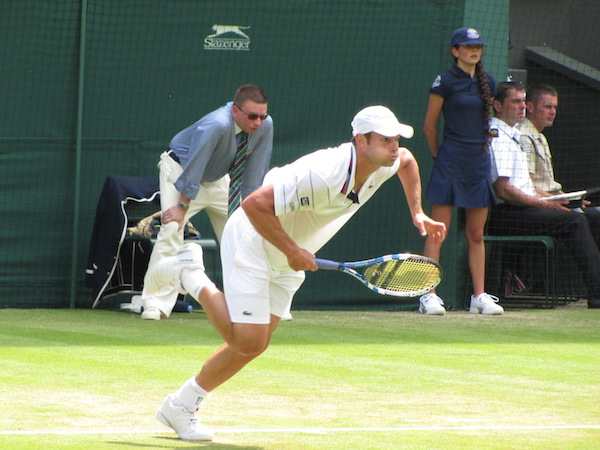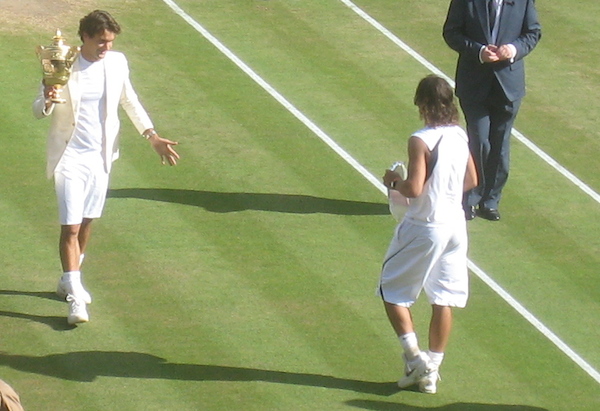Dear Sports Fan
Will the NFL and the players reach an agreement before fall? what happens to Sunday if there is no NFL?
Thanks,
Pat
Dear Pat,
An agreement is looking more and more likely. Why just last night the league and the owners were all over TV talking about how they voted to ratify a ten-year agreement that would save the season, divide the billions of revenue in a mutually beneficial way, address some of the players’ labor concerns AND cost us only one preseason game and…excuse me? Oh the players haven’t approved it? Oh…that’s right BOTH sides have to approve a labor agreement. No wonder this is taking so long.
Still, it seems like they’re moving closer and closer to a deal, with an agreement in principle likely in the next few days, followed by a slightly longer process to vote, ratify, sign, etc.
So no fear – you won’t have to take up reading, or discover religion (assuming you haven’t already) just to get yourself through miserable, football-less Sundays this fall.
As soon as the agreement’s final and the lockout’s over, the real fun begins: an abbreviated, headlong rush through offseason activities that normally take place over a series of six-eight months and will now be completed in just a few. Meaning, free agency (signing players who are not under contract to any other team), training camps (where players lose the twenty pounds they’ve put on during the offseason) and preseason games (where the NFL charges regular season ticket prices for games that feature, at best, one quarter of something resembling professional football).
Like most things in the NFL, the smart franchises already know exactly what they need to accomplish in all these areas in the next couple months, and they have an advantage over the dumb franchises,[1] who will do the usual dumb things they do every offseason, just in a shorter time-frame.
Thanks for the question,
Dean Russell Bell
- Best example is the Washington Redskins, a once great team who’ve plummeted since a new owner bought them and decided the shortcut to success was spending hundreds of millions of dollars on famous free agents in the offseason – with no regard for whether they fit in with their system, were still good anymore, or had any desire to play football.↵










